Contact sheets
As I looked to pick up where I’d left a couple of film-based projects, I realised that I still had a ton of negatives that remained un-scanned, sat in a box under my desk. If I was going to be shooting more film, I thought it was probably best to start tackling the archive before adding to it. Besides, there may be some hidden gems in there I’d completely forgotten/written off based on how I felt about them at the time.
What I didn’t want to do after scanning my archive was for them to sit in a digital version of the physical box under my desk. With that in mind, I thought I might start a series on my blog, (rather un-imaginatively) called contact sheets.
The aim of these blogs will be to share a series of images from the archives. It may be a story about a particular event, or maybe it’s just sharing thoughts on the camera or film used at the time. Don’t worry, I won’t share all the archives, just the one I think will be of interest to someone out there, and that I like of course.
A Chateau and the Xpan
A few years ago, I had to go to France for work, and the event took place at the Pernod Ricard University in the heart of the Vallée de Chevreuse. As always, whenever I go away I pack a camera, and on this trip, I packed the Xpan with a couple of rolls of HP5. Now, I was there for work so camera time for very limited, however on the morning we had to leave we had a couple of hours to ourselves, so I decided to explore the grounds (In reality, I was also very hungover and needed the fresh air!)
As luck would have it, there was a wonderful fog and the grounds were really spectacular with a tree-lined lake being the main point of interest.
The film used was Ilford HP5 and because I was shooting handheld I ended up rating it at 1600 (pushed 2 stops). I’d have preferred to be able to shoot at box speed, but I don’t think the hangover would have helped to keep the steady hand I’d have needed… the results are… grainy… or atmospheric, depending on how generous you’re feeling.
The Xpan really is a lovely camera to shoot though, and there’s no denying that framing in the 2.7:1 format is a wonderful experience. If you ever get the chance to use one, do it.
As always, thanks for reading, and feel free to leave comments and join in the discussion.
Darren
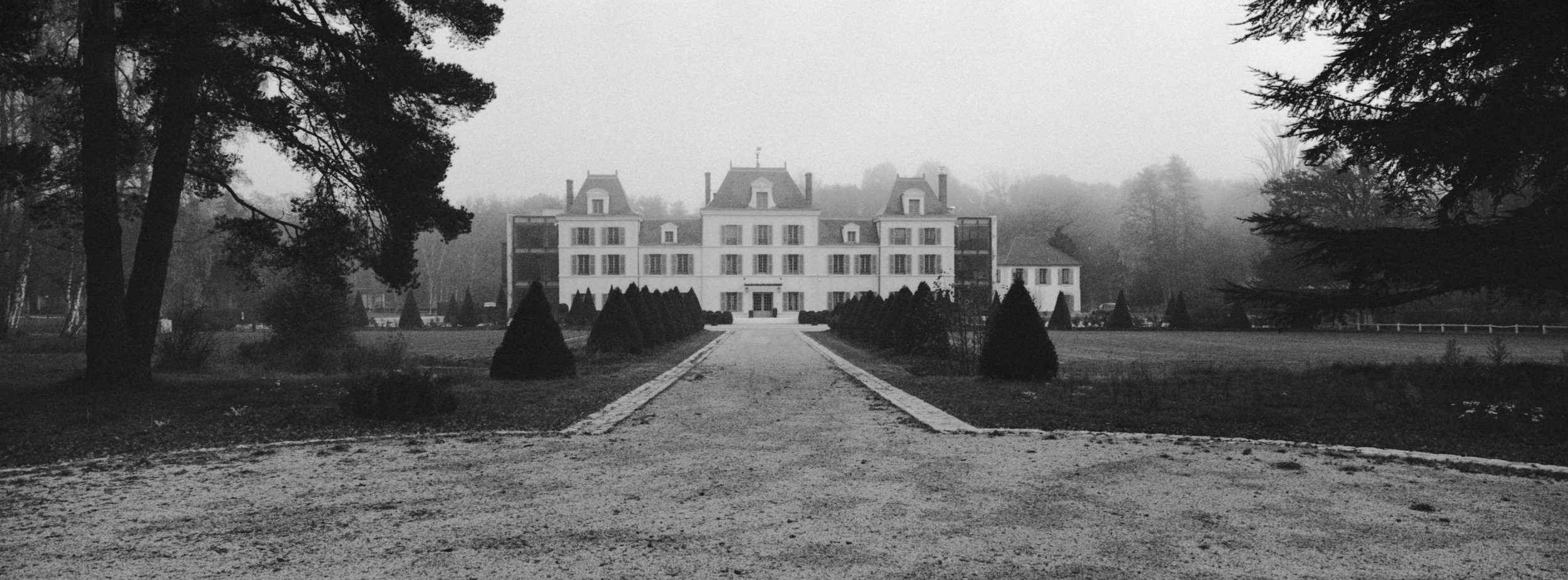
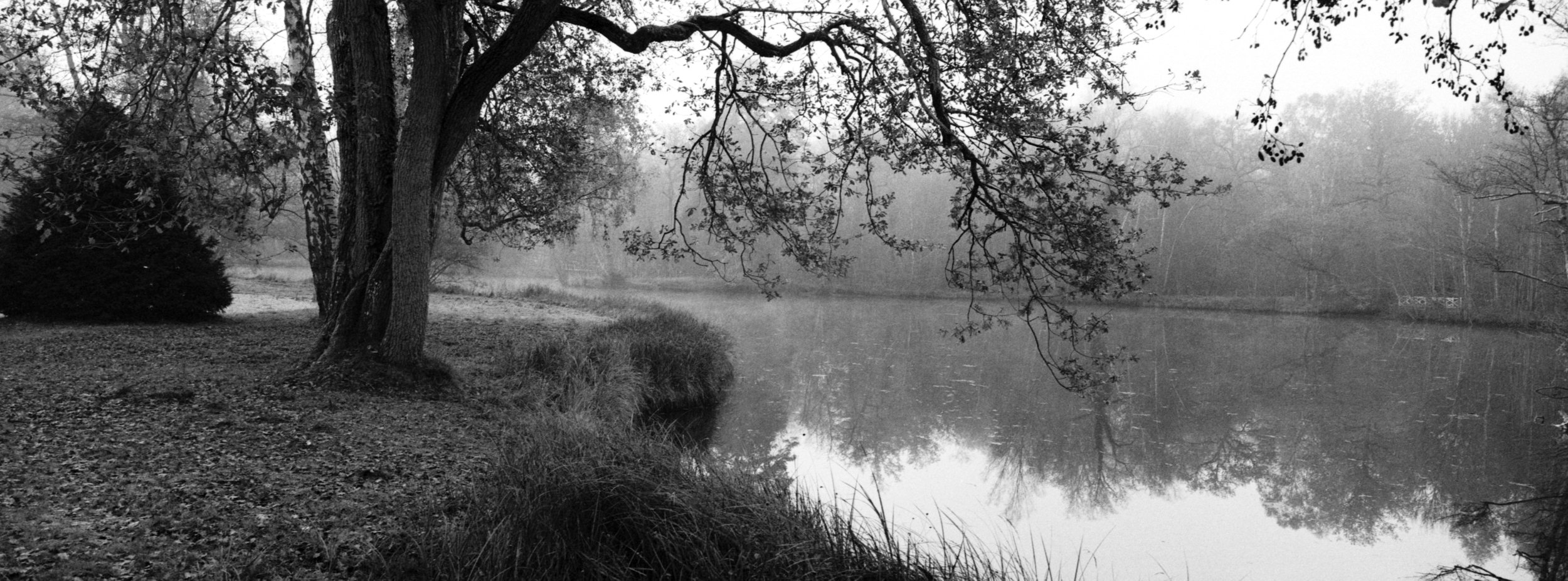
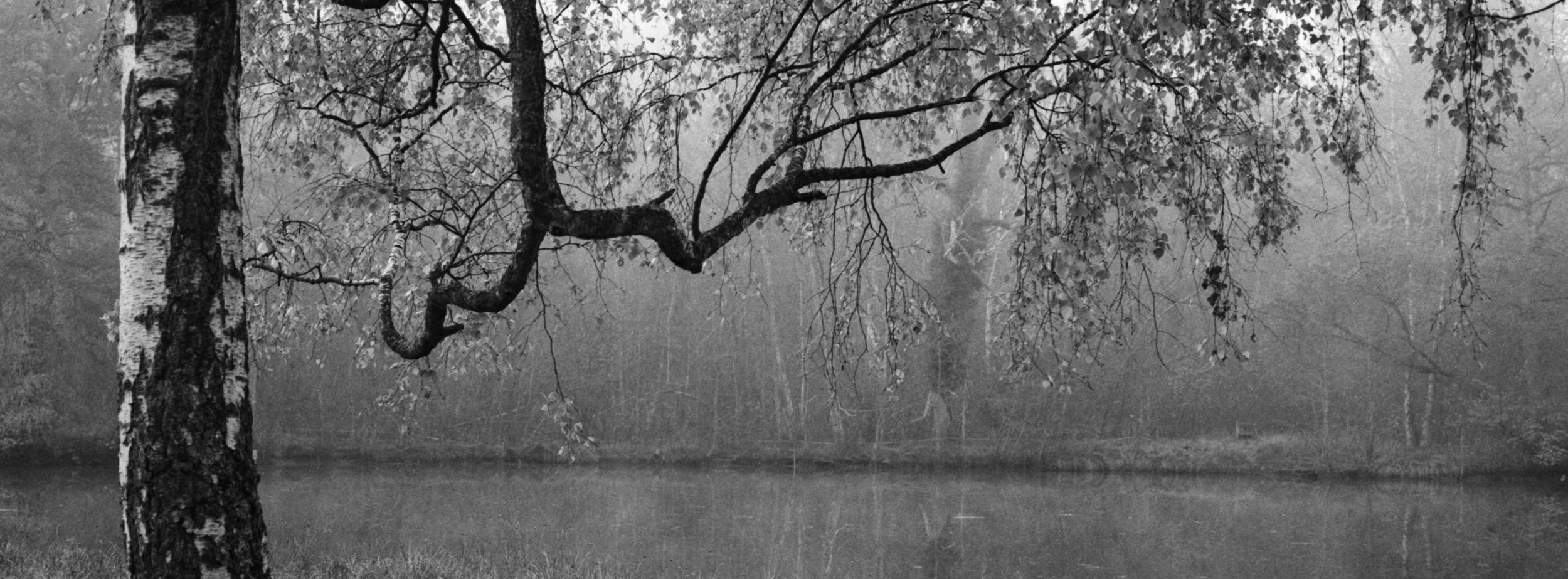
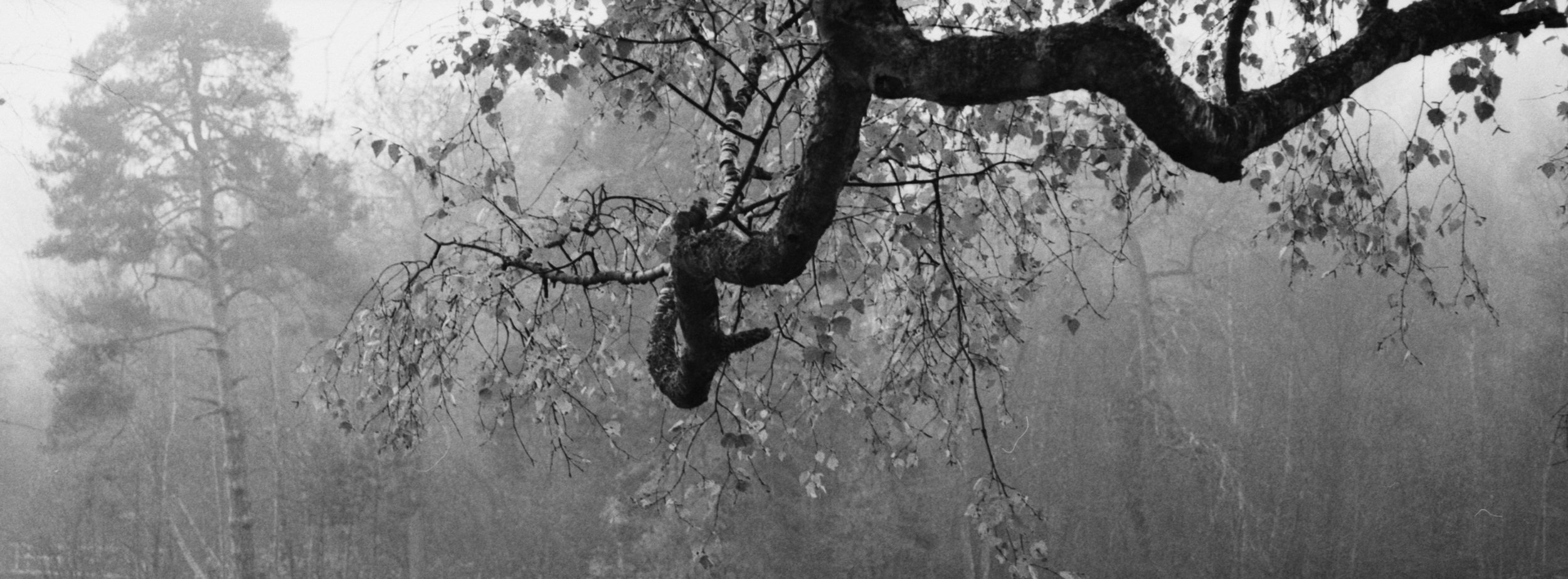
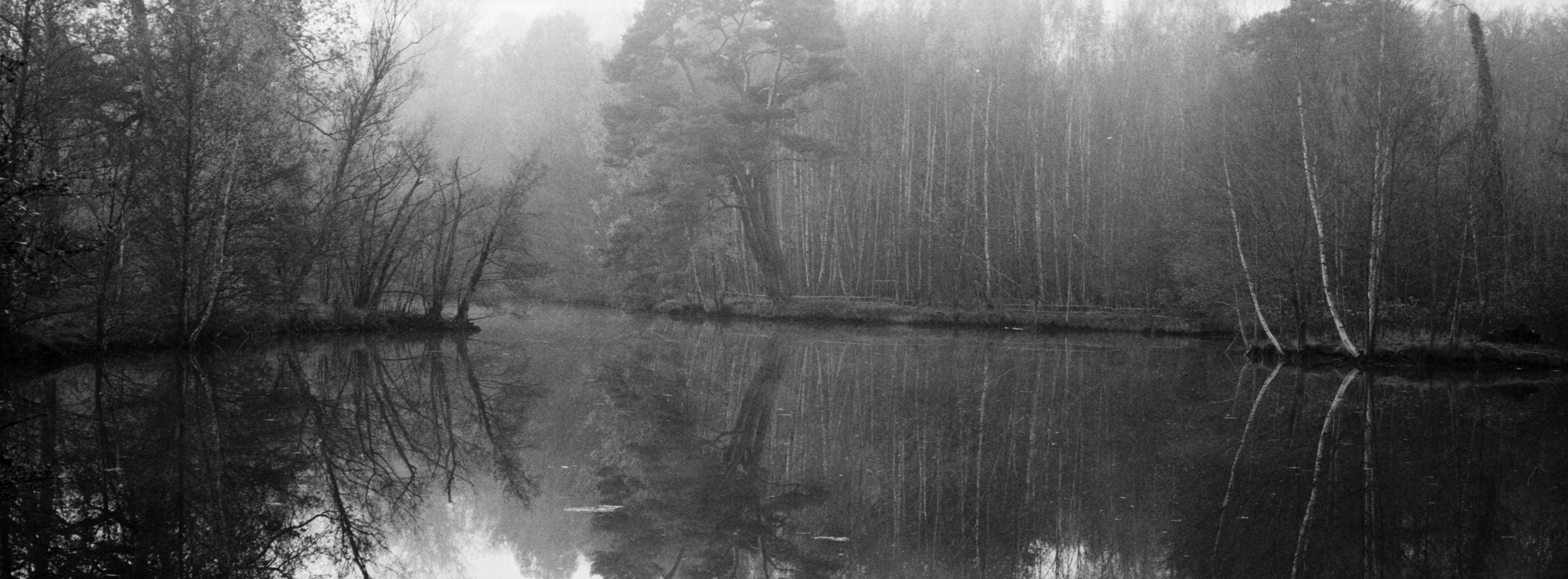
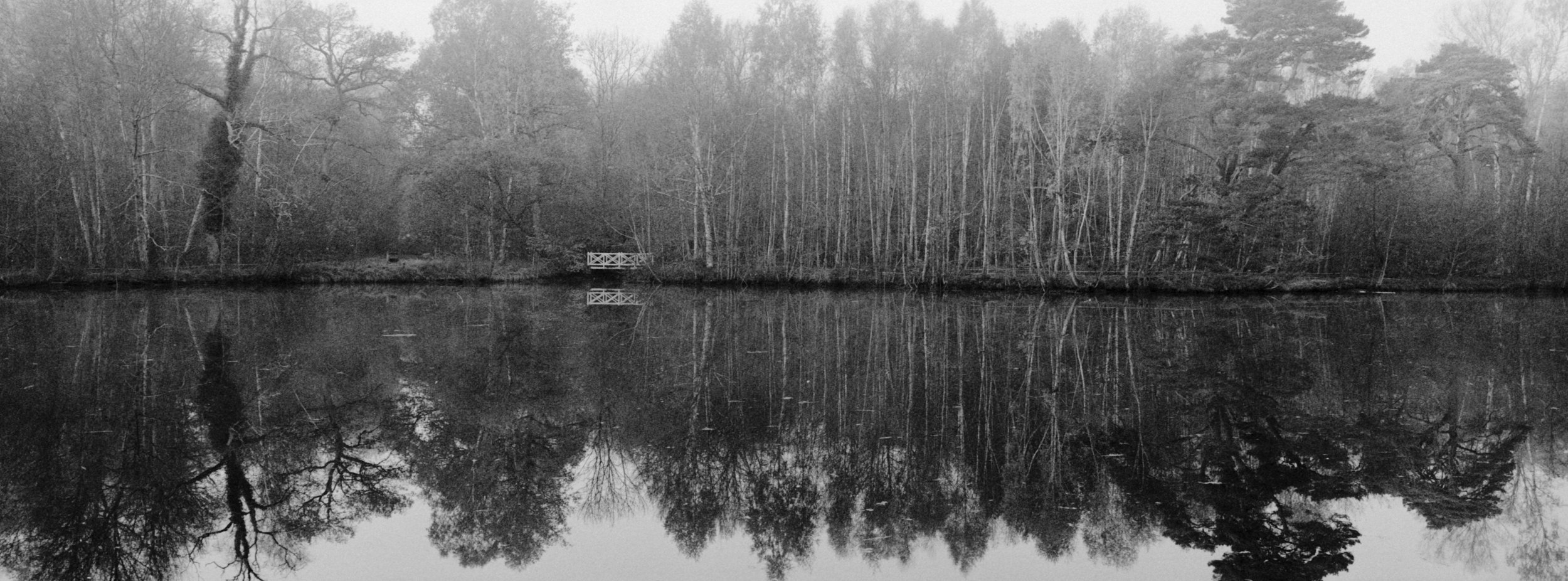
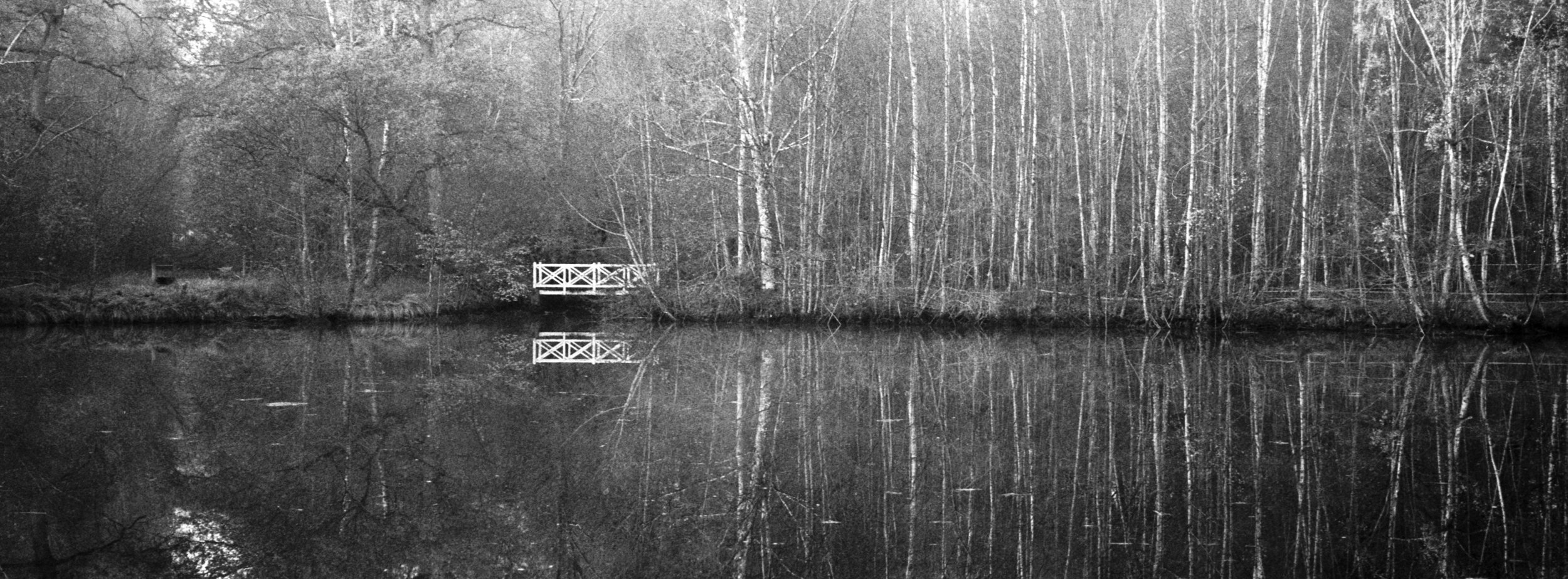
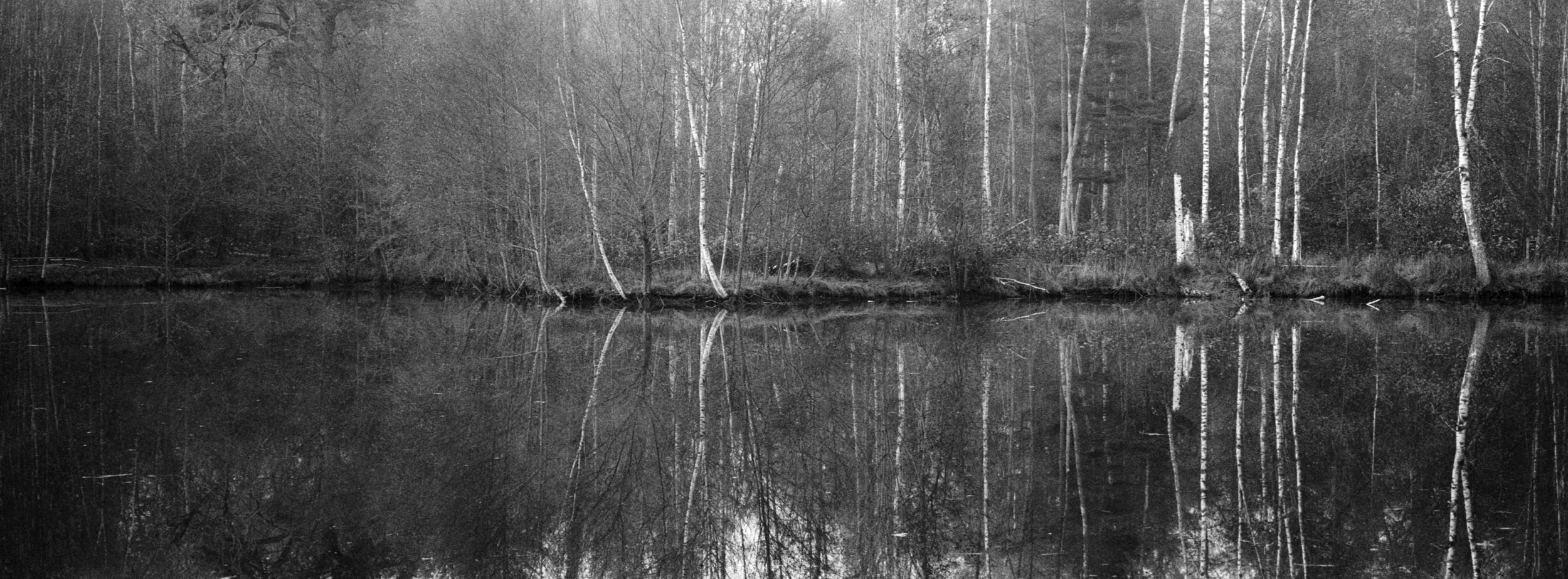
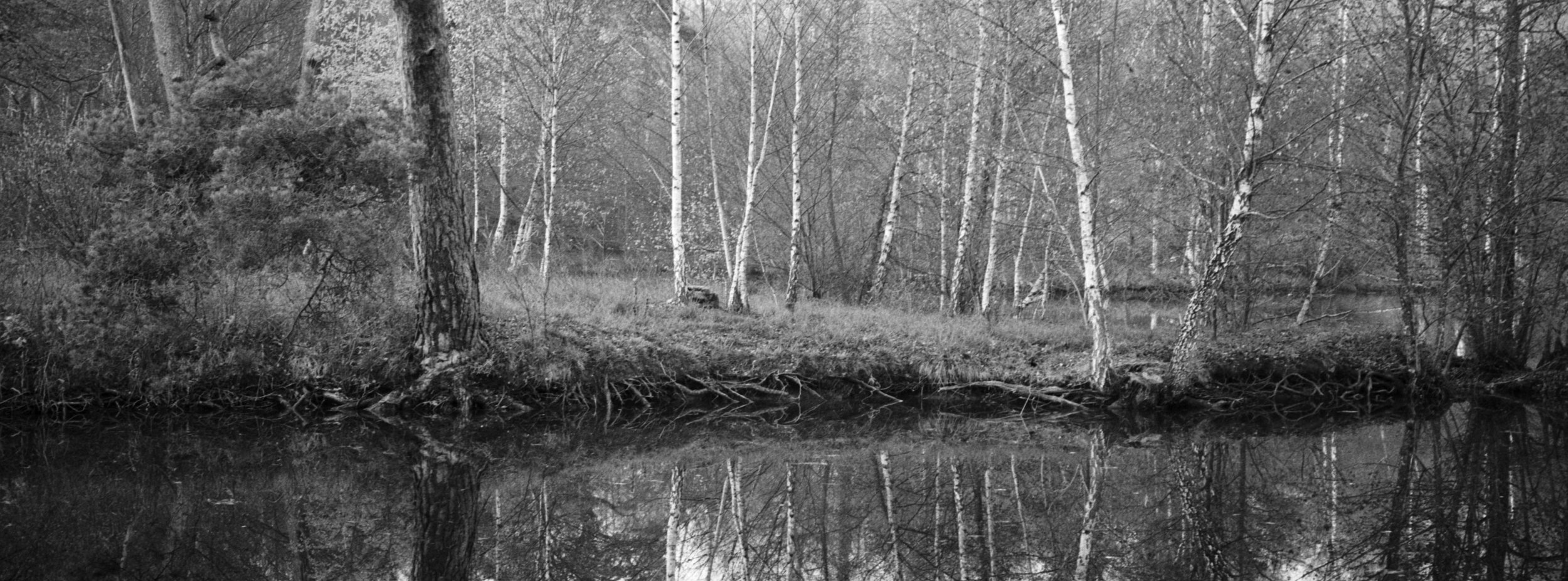
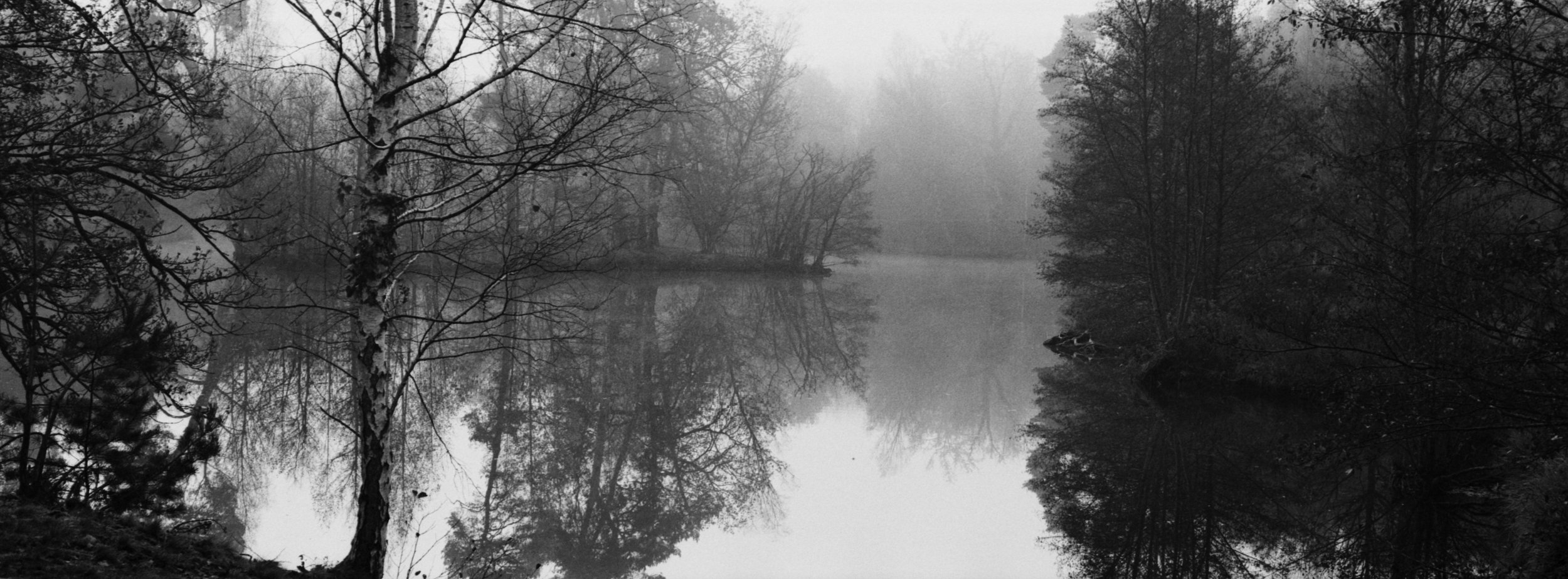

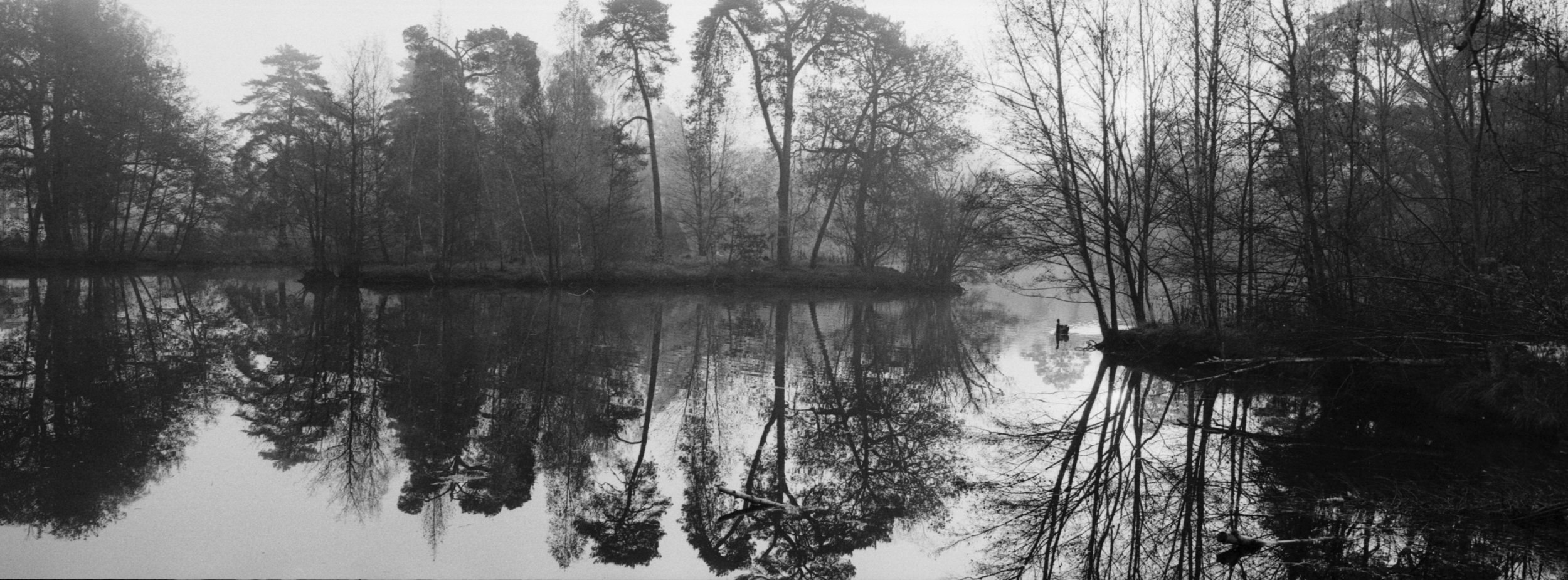

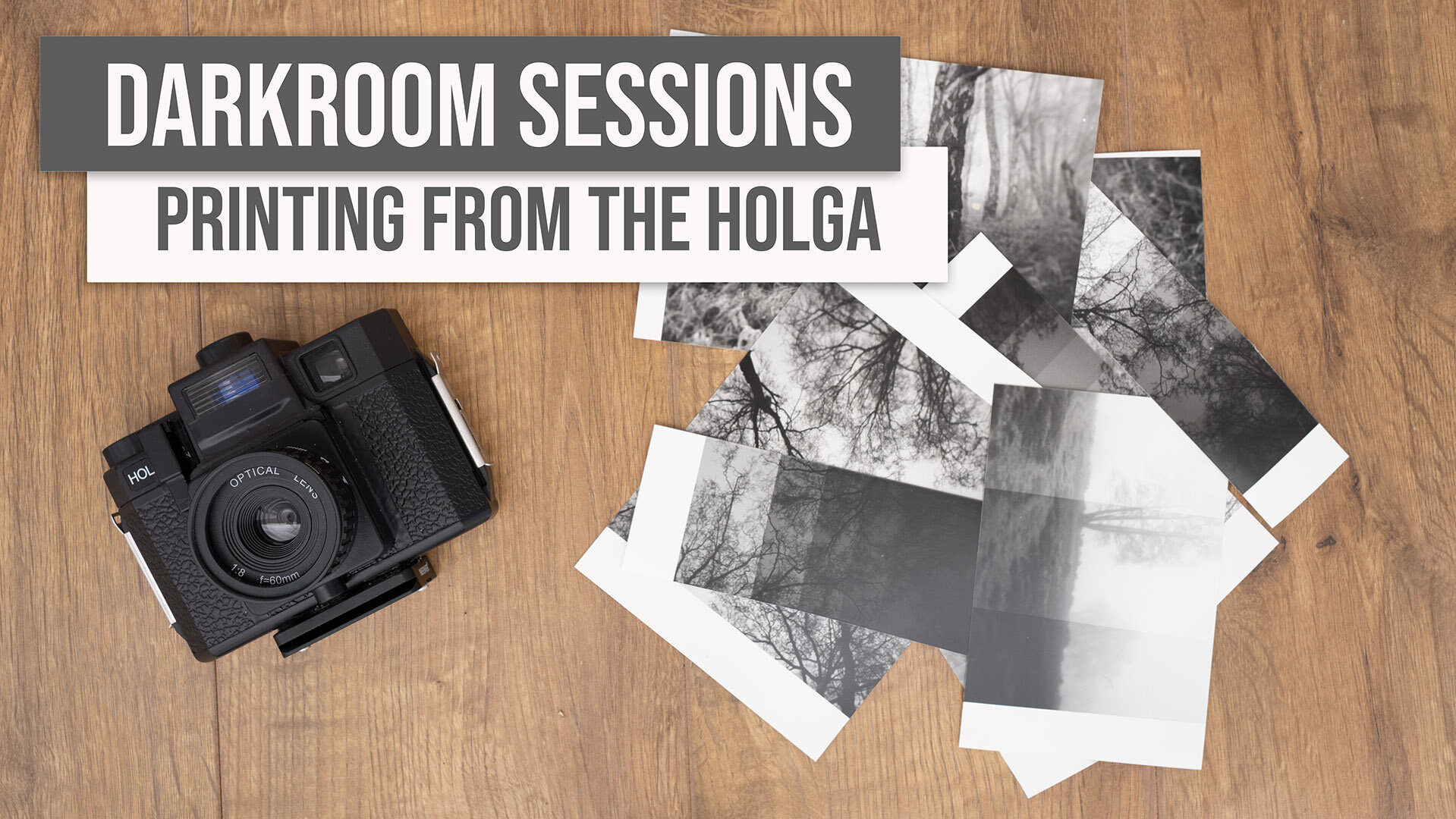







A series of images from a Chateau in France using a Hasselblad X-Pan with Ilford Photo HP5 film